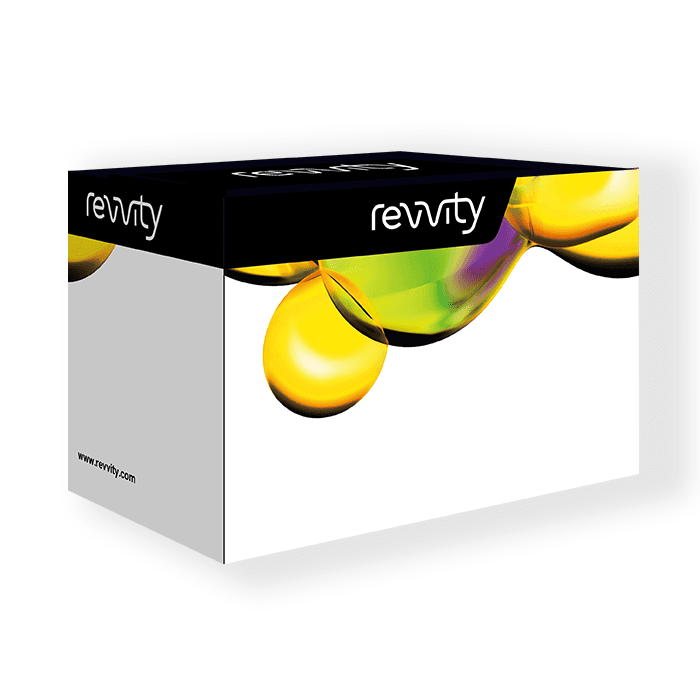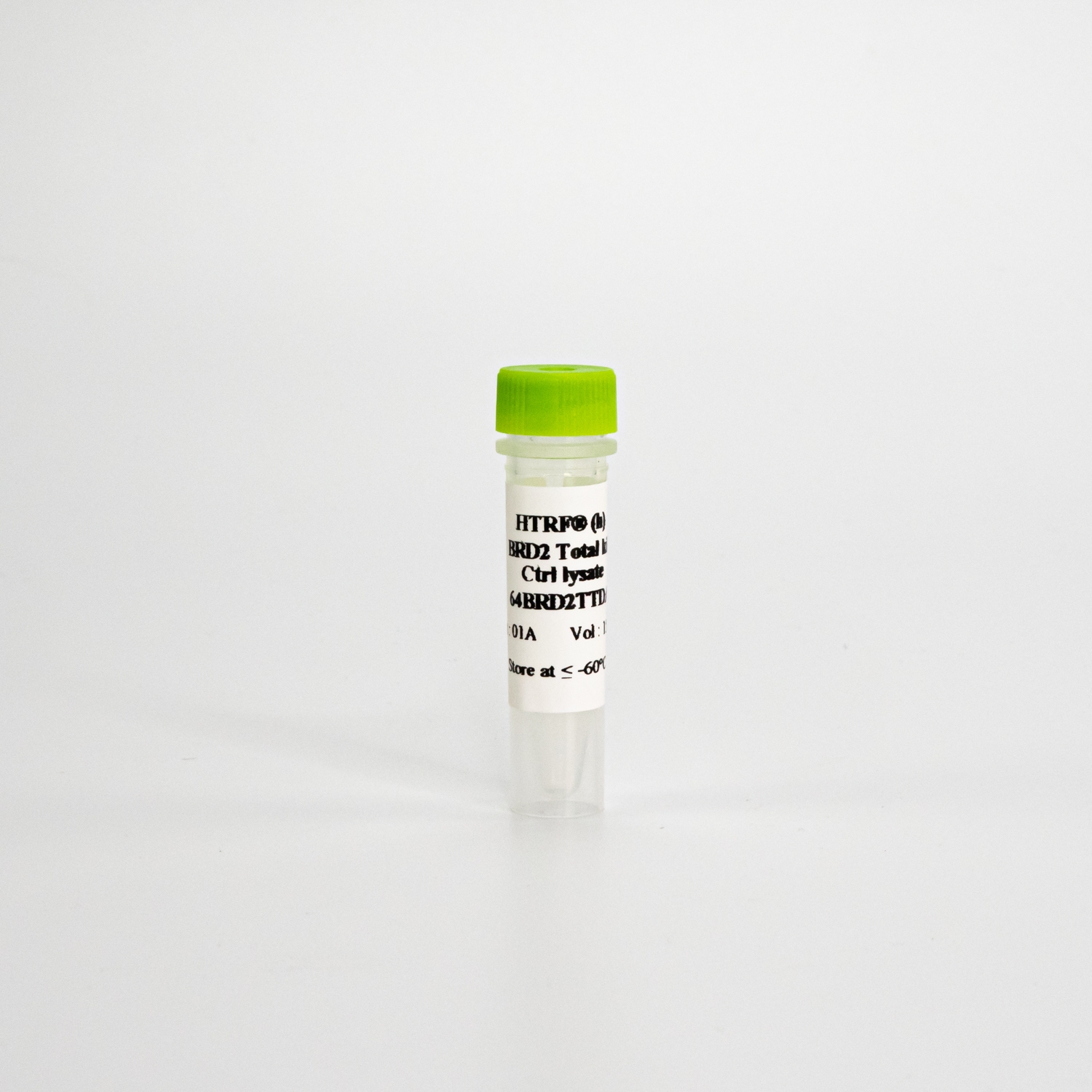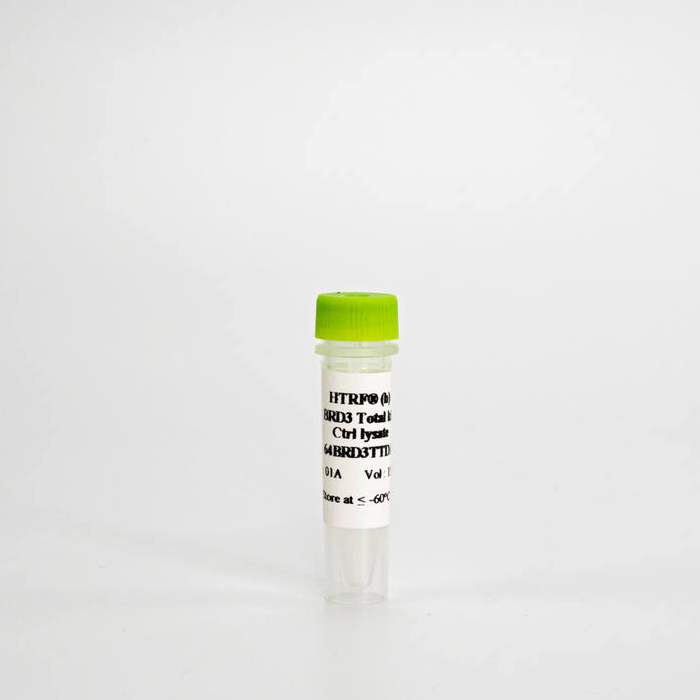

HTRF Human Total BRD2 Detection Kit, 10,000 Assay Points
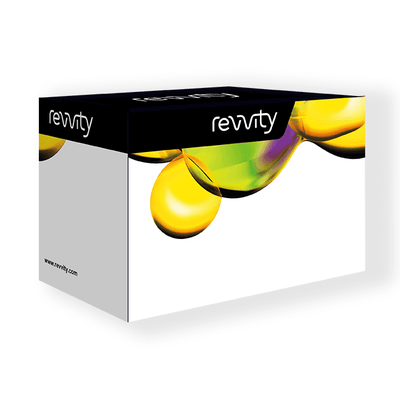

HTRF Human Total BRD2 Detection Kit, 10,000 Assay Points
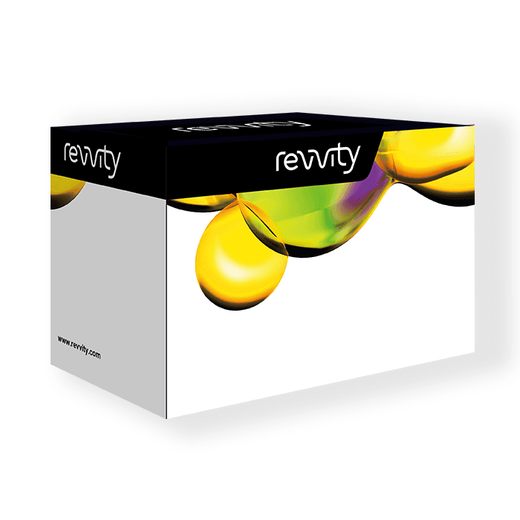


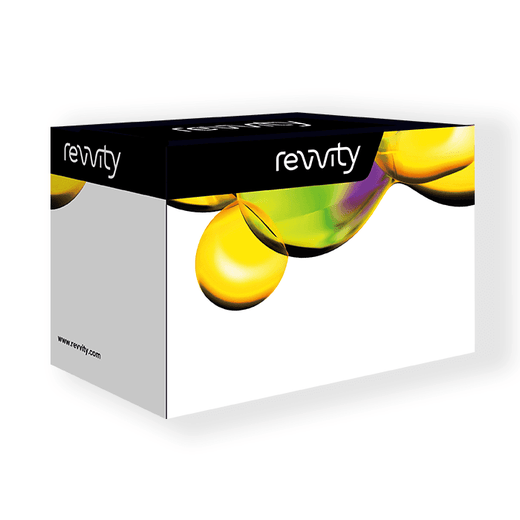


This lysate is a component of the Total BRD2 kit. It may be used as a positive control for BRD2 protein quantification.
| Feature | Specification |
|---|---|
| Application | Cell Signaling |
| Sample Volume | 16 µL |
This lysate is a component of the Total BRD2 kit. It may be used as a positive control for BRD2 protein quantification.



HTRF Human Total BRD2 Detection Kit, 10,000 Assay Points



HTRF Human Total BRD2 Detection Kit, 10,000 Assay Points



Product information
Overview
BRD2 belongs to the bromodomain (BRD) Family II (BET). Like the other BRD family proteins, it binds to acetylated lysine and acts as a reader of the lysine acetylation state of proteins such as histones. It is a transcriptional regulator involved in many cell processes (embryogenesis, cycle regulation, development) through the E2F-RB pathway. BRD2 dysregulation is has been widely linked to many cancers, as it regulates the transcription of several oncogenes such as c-MYC ad Bcl-2.
Thus, inhibition of the BRD2 function has become part of the strategy for cancer treatments. More recently, targeting BET family protein degradation, including BRD2 via PROTAC molecules, has emerged as a novel and promising therapeutic approach.
Specifications
| Application |
Cell Signaling
|
|---|---|
| Automation Compatible |
Yes
|
| Brand |
HTRF
|
| Detection Modality |
HTRF
|
| Lysis Buffer Compatibility |
Lysis Buffer 1
Lysis Buffer 2
Lysis Buffer 3
Lysis Buffer 4
|
| Molecular Modification |
Total
|
| Product Group |
Kit
|
| Sample Volume |
16 µL
|
| Shipping Conditions |
Shipped in Dry Ice
|
| Target Class |
Phosphoproteins
|
| Target Species |
Human
|
| Technology |
TR-FRET
|
| Therapeutic Area |
Oncology & Inflammation
|
| Unit Size |
10,000 assay points
|
Video gallery

HTRF Human Total BRD2 Detection Kit, 10,000 Assay Points

HTRF Human Total BRD2 Detection Kit, 10,000 Assay Points

How it works
Total-BRD2 assay principle
The HTRF Total-BRD2 assay quantifies the expression level of BRD2 in a cell lysate. Unlike Western Blot, the assay is entirely plate-based and does not require gels, electrophoresis, or transfer. The Total-BRD2 assay uses two labeled antibodies: one coupled to a donor fluorophore, the other to an acceptor. Both antibodies are highly specific for a distinct epitope on the protein. In presence of BRD2 in a cell extract, the addition of these conjugates brings the donor fluorophore into close proximity with the acceptor, and thereby generates a FRET signal. Its intensity is directly proportional to the concentration of the protein present in the sample, and provides a means of assessing the protein’s expression under a no-wash assay format

Total-BRD2 two-plate assay protocol
The two-plate protocol involves culturing cells in a 96-well plate before lysis, then transferring lysates into a 384-well low volume detection plate before the addition of Total-BRD2 HTRF detection reagents. This protocol enables the cells' viability and confluence to be monitored.

Total-BRD2 one-plate assay protocol
Detection of Total-BRD2 with HTRF reagents can be performed in a single plate used for culturing, stimulation, and lysis. No washing steps are required. This HTS designed protocol enables miniaturization while maintaining robust HTRF quality.

Assay validation
Validation on various Human cell lines
Adherent Human cell lines HEK293(Embryonic kidney), HeLa (Cervix), HAP1(near-haploid from CML), and MCF7 (mammary gland) were plated in 96-well culture plates at a density of 50,000 cells /well and incubated for 24 hours at 37°C, 5% CO2. After culture medium removal, the cells were lysed with 50 µL of supplemented lysis buffer #4 (1X).
The BRD2 expression level was assessed with the HTRF Total BRD2 kit. Briefly, 16 µL of cell lysate were transferred into a low volume white microplate, followed by 4 µL of premixed HTRF detection reagents. The HTRF signal was recorded after an overnight incubation at RT. The dotted line corresponds to the non-specific HTRF signal. Note that the cell density was optimized beforehand to ensure HTRF detection within the dynamic range of the kit (data not shown).
the HTRF Total BRD2 assay efficiently detects BRD2 in various cellular models expressing different levels of the protein.

PROTAC® induced BRD2 degradation


HeLa cells were cultured in a 96-well plate (50,000 cells/well) for 24 hours at 37°C, 5% CO2. After cell culture medium removal, they were treated with increasing concentrations of a panel of PROTAC compounds: i) BET family PROTACs specific to BRD2 - dBET6, ARV-7714, and MZ-1, ii) ZHX-3-26, a BRD4 selective PROTAC that is non-specific to BRD2, iii) an irrelevant negative control targeting Estrogen Receptor alpha - ARV-471. After overnight incubation, cell culture medium was removed and 50 µl of supplemented Lysis Buffer#4 (1X) were dispensed into each well. After cell lysis, 16 µL of lysates were transferred into a 384-well low volume white microplate, and 4 µL of the HTRF BRD2 detection antibodies were added. The HTRF signal was recorded after an overnight incubation.
The BET family specific PROTAC degraders triggered a dose-dependent decrease in BRD2 protein, while the non-specific PROTACs did not. In addition, PROTAC compounds are likely to induce cytotoxic mechanisms, as indicated by the GAPDH expression level.
DC50 corresponds to the concentration of the degrader at which 50% of the targeted protein is degraded.
Specificity of HTRF Total BRD2 assay using knockout HAP1 cell lines
The BRD2 expression level was assessed with our HTRF Total BRD2 kit in HAP1 cells (WT) and five different HAP1 cell lines Knocked-Out for BRD3, BRD4 (BET Family), BRD7, or BRD9 (Family IV). The cell density was optimized beforehand to ensure HTRF detection within the dynamic range of the kit (data not shown).
The 6 different cell lines were cultured in a 96-well plate (50,000 cells/well) for 24 hours at 37°C, 5% CO2. After culture medium removal, the cells were lysed with 50 µL of supplemented lysis buffer #4 (1X), then 16 µL of cell lysate were transferred into a low volume white microplate followed by 4 µL of premixed detection reagents. The HTRF signal was recorded after an overnight incubation at RT.
In HAP1 KO BRD2 cells, the HTRF signal was equivalent to the non-specific signal (dotted line), indicating a complete BRD2 gene silencing, whereas the BRD2 level is well detected in the other cell lines, as expected.
Note the similar expression levels of BRD2 proteins in WT and BRD3, BRD4; BRD7 and BRD9 KO cell lines were detected, demonstrating the selectivity of our HTRF BRD2 kit over the other BRD proteins.

HTRF Total BRD2 assay compared to Western Blot
HeLa cells were cultured in a T175 flask in complete culture medium at 37°C-5% CO2. After 48h of incubation and cell medium removal, the cells were lysed with 3 mL of supplemented lysis buffer #4 (1X) for 30 minutes at RT under gentle shaking.
Serial dilutions of the cell lysate were performed using supplemented lysis buffer#4, and 16 µL of each dilution were transferred into a low volume white microplate before the addition of 4 µL of HTRF total BRD2 detection reagents.
Equal amounts of lysates were used for a side-by-side comparison between HTRF and Western Blot.
In these conditions, the HTRF total BRD2 assay was 16-fold more sensitive than the Western Blot technique.

Simplified pathway
BRD2 signaling pathway
BRD2 binds to the hyperacetylated chromatin regions, also called super-enhancer regions. It provides a scaffold on chromatin to recruit proteins such as E2F proteins, HDACs, and HAT for chromatin remodeling. BRD2 exerts a function through the E2F-RB pathway, while HDAC can bind RB to arrest the transcription process. BRD2 binds with the SWI/SNF complex for histone regulation and gene transcription. It recruits pTEFb, composed of CDK9 and cyclin T, to promote transcriptional elongation by Polymerase II. BRD2 is the critical mediator for STAT5 activity and MYC oncogene.

Resources
Are you looking for resources, click on the resource type to explore further.
This guide provides you an overview of HTRF applications in several therapeutic areas.
This application note explores how HTRF based immunoassays enhance BRD4-targeted degradation studies, providing insights into...
SDS, COAs, Manuals and more
Are you looking for technical documents related to the product? We have categorized them in dedicated sections below. Explore now.
- LanguageEnglishCountryUnited States
- LanguageFrenchCountryFrance
- LanguageGermanCountryGermany
- Resource TypeManualLanguageEnglishCountry-


How can we help you?
We are here to answer your questions.































